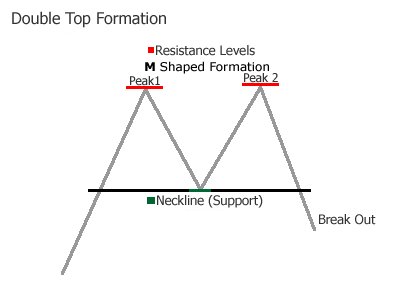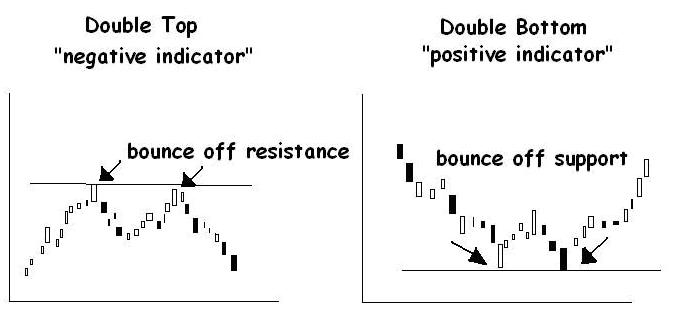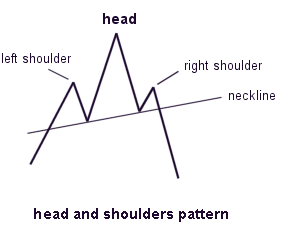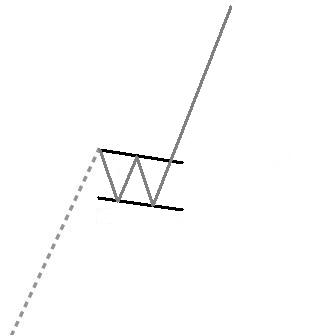One of the important aspects of technical analysis is being able to examine price action charts to find profitable set ups. There are a number of patterns of price action behaviour that we can see printed out on a chart that represent good probability set ups for us to trade. These chart patterns work for two reasons. Firstly, because price action reflects crowd psychology to a certain extent, these chart patterns relate to some underlying truths about how crowds react to stimuli of fear and greed. Secondly, there are many technical analysts the whole world over looking to profit from these same patterns. The cleaner the set up, then the more traders are going to spot the pattern and help it to become a self-fulfilling prophecy.
In trader terms, pattern recognition – also called chart pattern recognition – is simply a form of price analysis. There are many different types of chart patterns; Symmetrical Triangles, Wedges, Ascending Triangles, Flags and Pennants, Descending Triangles, Rectangles, Head and Shoulders, Tops and Bottoms, Double Tops and Double Bottoms, Cup and Handle…etc These patterns, which have been used by traders in all asset classes for years, generally fall into two categories – reversal and continuation. A reversal pattern indicates the current trend will likely reverse upon the completion of the pattern. Conversely, a continuation pattern indicates that a trend will likely continue upon the completion of the pattern.
Here are a very small selection of chart patterns that you can profit from in your trading:
Double Tops / Double Bottoms
This chart pattern represents a reversal in the market. In a double tops set up, price rises to resistance and bounces off it when sellers outweigh buyers. Price retraces for a short while before returning up to the resistance level. If price bounces off the resistance level once more we have our double tops set up and we can make a short trade with our stop just above the point of resistance.

Double Top Technical Pattern
The reverse set up is double bottoms. Price falls, bounces off support and retraces a short distance. It falls again to support and starts to reverse. You can enter a long here as price confirms the reversal with your stop placed under the level of support.

Double Top and Double Bottom Reversal Patterns
Head and Shoulders
This chart pattern is another reversal set up that you can profit from. Imagine that your instrument is rising strongly before it pulls back slightly. The trend then resumes and the instrument takes out a new high. When price retreats from that new high it does so with more pace and conviction than the previous retracement, returning all the way back down to the level of that first pullback. When the upward trend resumes, it does so very weakly before failing. This is your moment to take a short trade as price fails again. Your stop loss is at the most recent swing high.

Head and Shoulders
This chart pattern is a continuation pattern. We are looking for a stock or other instrument that is in a bullish flag. It makes a new short term high and then makes a slight retracement. This retracement is unlike most other retracements in that it forms a downwards parallel channel which resembles a flag. When price breaks out to the upside of this flag we can take a long trade. Our stop loss should be placed just below the point of breakout in case price retreats back into the flag channel.

Bull Flag
The bear flag is the opposite chart pattern whereby a falling stock makes a rising, flag-like retracement channel. You enter a short when the flag is broken to the downside with a stop just above the breakdown point.
There are a whole multitude of chart patterns that you can use in your financial spread betting and this article has just been an introduction to a few of them. Introduce them into your spread betting gradually, learn them in detail and understand how you can profit from them.